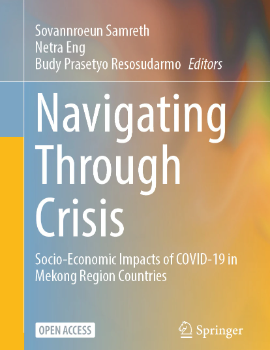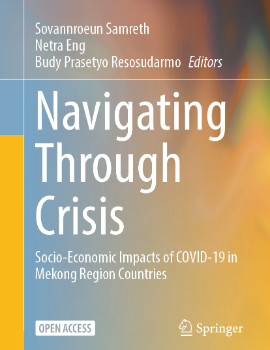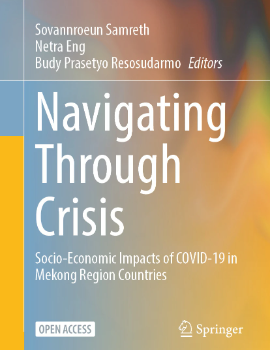
Abstract/Summary
The overall objective of this discussion paper is to advance the knowledge on rural livelihoods in Stung Treng, Cambodia. In a cluster analysis, five clusters with very different livelihood strategies are identified based on a sample of 600 rural households. Despite the fact that nearly all households are engaged in some form of subsistence farming, especially by growing rice, the richer clusters build on self-employment and higher-skilled wage employment. In contrast the middle income cluster mainly depends on natural resources (fish and firewood). The poorer two clusters are engaged in lower- skilled wage employment. The incidence of poverty is widespread but differences between the clusters are clearly visible. Even the better-off households have consumption poverty headcount ratios of between 37 to 50% at PPP $1.25. For households from the poorest clusters the poverty headcount ratio amounts to even 70% for income and 80% for consumption. Especially the households largely depending on natural resource extraction are characterized by a high incidence of poverty and high vulnerability. In addition, there are a number of pressures which are expected to increase poverty problems in the future. Policies aimed at reducing poverty and improving rural livelihoods need to carefully consider the close linkages between rural livelihoods and natural resources. But also a diversification away from natural resource extraction into higher-skilled jobs is found to be a strategy opening up new opportunities to improve livelihood security and raise the living standards of the poor.
The report can be accessed here.



